Human VEGF ELISA Kit
$299.00 – $419.00
ELISA Kit Detail Information
| Related Target | |
|---|---|
| Species | human |
| Sample Type | Serum, plasma, cell culture supernatant, and other biological samples |
| Sample Volume | 50 μL |
| Sensitivity | 0.95 pg/mL |
| Array Range | 31.25 pg/mL – 2000 pg/mL |
| Assay Time | 3.5 h |
| Recovery | 77% – 119% |
| Average Recovery | 100% |
| Intra Precision | 3.3% – 4.5% |
| Inter Precision | 4.2% – 6.8% |
| Plate | Detachable 96-well plate |
| Storage | If the reagent kit is unopened, it should be stored at 4℃. However, if it has been opened, the standard solution should be stored at -20℃, while the other components should be stored at 4℃. |
| Delivery | 4℃ blue ice transportation |
| Components | 96-well polystyrene enzyme-linked immunosorbent assay (ELISA) plate coated with anti-VEGF monoclonal antibody Human VEGF freeze-dried standard VEGF detect Antibody Standard Diluent HRP-labeled streptavidin Signal enhancer concentrate Signal enhancer diluent Assay Buffer(10×) Substrate TMB Stop Solution Washing Buffer(20×) Sealing Film |
| Assay Principle | This kit utilizes the double antibody sandwich enzyme-linked immunosorbent assay (ELISA) detection technique.Specific anti-human VEGF antibodies are precoated on a high-affinity ELISA plate. Standard samples, test samples, and biotinylated detection antibodies are added to the wells of the ELISA plate. After incubation, VEGF present in the samples binds to the solid-phase antibodies and the detection antibodies. After washing to remove unbound substances, streptavidin-HRP labeled with horseradish peroxidase is added. After washing, a colorimetric substrate, TMB, is added and the plate is incubated in the dark for color development. The intensity of the color reaction is directly proportional to the concentration of VEGF in the samples.A stop solution is added to terminate the reaction, and the absorbance value is measured at a wavelength of 450 nm (with a reference wavelength range of 570-630 nm). |
Related Targets
VEGFA
VEGFA Target Infomation Overview
- Target Symbol: VEGFA, vascular endothelial growth factor A
- Gene Groups: VEGF family
- Alias: VEGF-A; VPF
- Previous Names: VEGF
- Alias Names: vascular endothelial growth factor
VEGFA, vascular endothelial growth factor A Target Infomation by Species
- Human
- Mouse
- Rat
Human VEGFA Target Information
- Target Symbol: VEGFA, vascular endothelial growth factor A
- Alias:
- MGC70609
- MVCD1
- vascular endothelial growth factor
- vascular endothelial growth factor A121
- vascular endothelial growth factor A165
- vascular permeability factor
- VEGF
- VEGF-A
- VPF
- NCBI_Gene: 7422
- UniProtKB: P15692
Human VEGFA Predicted Functions
Enables several functions, including fibronectin binding activity; heparin binding activity; and signaling receptor binding activity. Involved in several processes, including positive regulation of cell migration; positive regulation of intracellular signal transduction; and positive regulation of macromolecule metabolic process. Acts upstream of or within several processes, including branching involved in blood vessel morphogenesis; positive regulation of endothelial cell proliferation; and regulation of nitric oxide mediated signal transduction. Located in several cellular components, including adherens junction; cell surface; and secretory granule. Implicated in several diseases, including autoimmune disease (multiple); gastrointestinal system cancer (multiple); hematologic cancer (multiple); hypertension (multiple); and reproductive organ cancer (multiple). Biomarker of several diseases, including artery disease (multiple); autoimmune disease (multiple); eye disease (multiple); inflammatory bowel disease (multiple); and respiratory system cancer (multiple).
Mouse Vegfa Target Information
- Target Symbol: Vegfa, vascular endothelial growth factor A
- Alias:
- vascular endothelial growth factor
- Vegf
- VEGF-A
- VEGF120
- VEGF164
- VEGF188
- VPF
- NCBI_Gene: 22339
Mouse Vegfa Predicted Functions
Enables extracellular matrix binding activity; heparin binding activity; and signaling receptor binding activity. Involved in several processes, including generation of neurons; regulation of signal transduction; and vasculature development. Acts upstream of or within several processes, including animal organ development; positive regulation of cell population proliferation; and vasculature development. Located in cytoplasm; extracellular space; and nucleus. Is expressed in several structures, including alimentary system; brain; egg cylinder; genitourinary system; and heart. Used to study DiGeorge syndrome; amyotrophic lateral sclerosis type 1; newborn respiratory distress syndrome; and psoriasis. Human ortholog(s) of this gene implicated in several diseases, including artery disease (multiple); autoimmune disease (multiple); gastrointestinal system cancer (multiple); hematologic cancer (multiple); and reproductive organ cancer (multiple). Orthologous to human VEGFA (vascular endothelial growth factor A).
Rat Vegfa Target Information
- Target Symbol: Vegfa, vascular endothelial growth factor A
- Alias:
- vascular endothelial growth factor
- vascular permeability factor
- Vegf
- VEGF-A
- VEGF111
- VEGF164
- VPF
- NCBI_Gene: 83785
Rat Vegfa Predicted Functions
Enables several functions, including identical protein binding activity; receptor ligand activity; and vascular endothelial growth factor receptor 2 binding activity. Involved in several processes, including negative regulation of cell death; response to steroid hormone; and response to vitamin. Located in basement membrane; extracellular space; and vesicle. Used to study several diseases, including brain edema; limb ischemia; middle cerebral artery infarction; ovarian hyperstimulation syndrome; and proliferative diabetic retinopathy. Biomarker of several diseases, including adhesions of uterus; attention deficit hyperactivity disorder; brain edema; liver disease (multiple); and retinal vascular disease (multiple). Human ortholog(s) of this gene implicated in several diseases, including autoimmune disease (multiple); gastrointestinal system cancer (multiple); hematologic cancer (multiple); hypertension (multiple); and reproductive organ cancer (multiple). Orthologous to human VEGFA (vascular endothelial growth factor A).

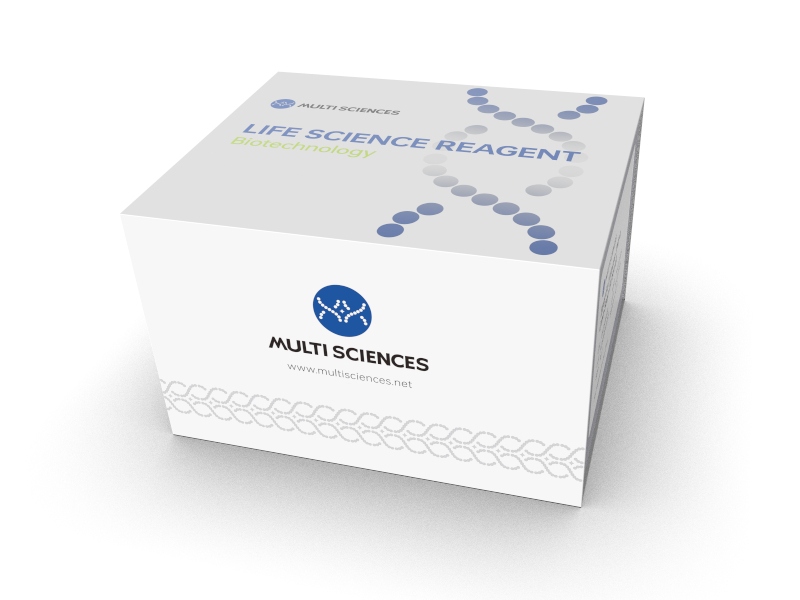
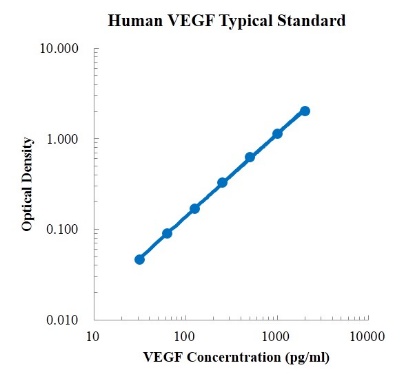
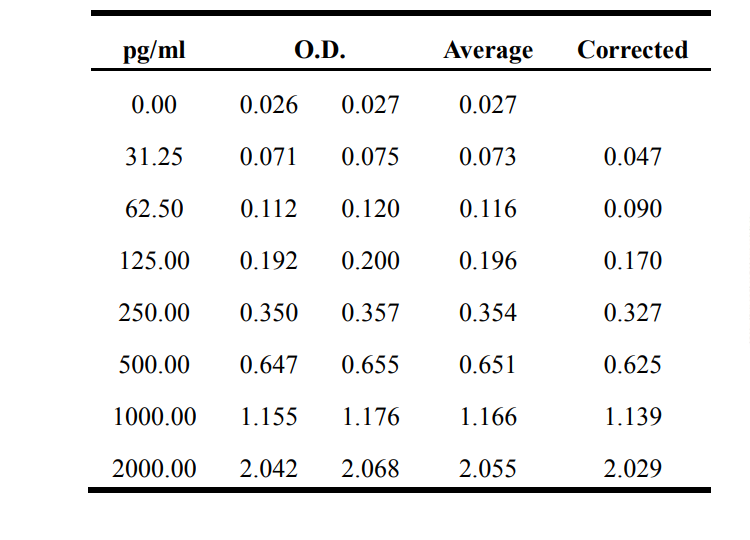
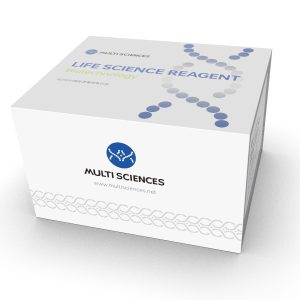

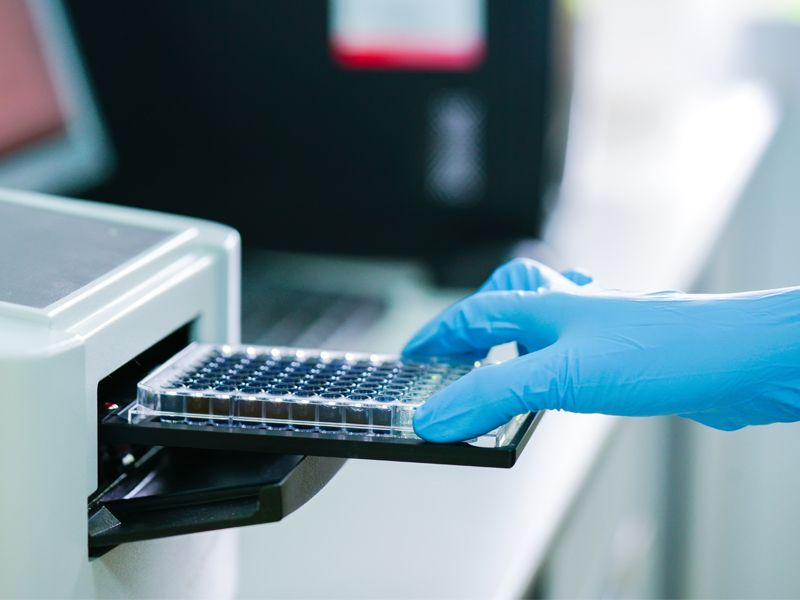
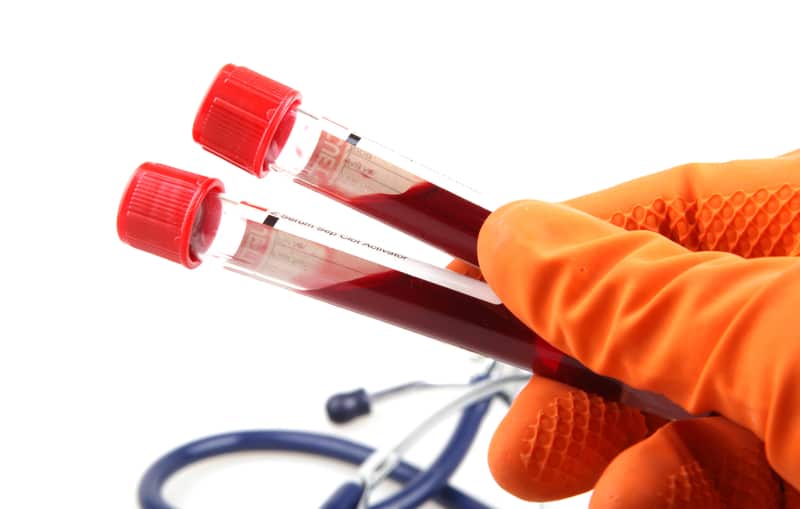
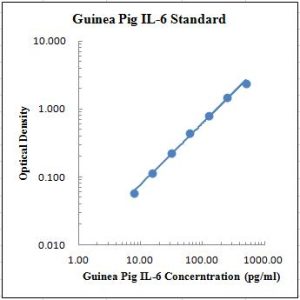
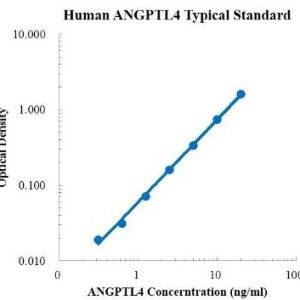
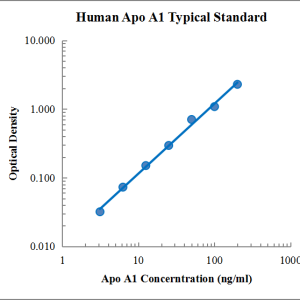
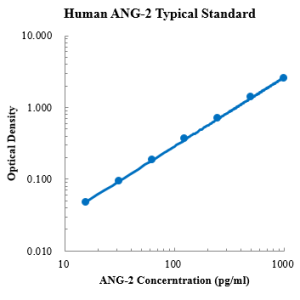
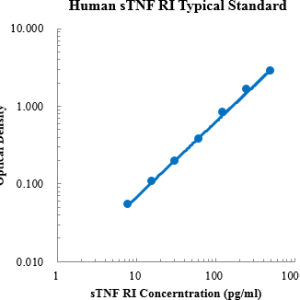

Reviews
There are no reviews yet.